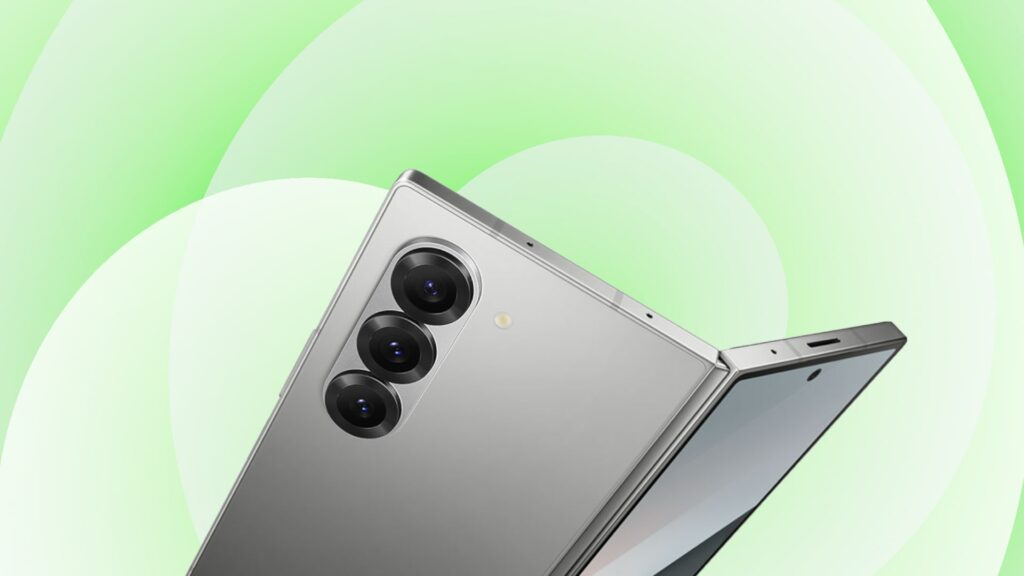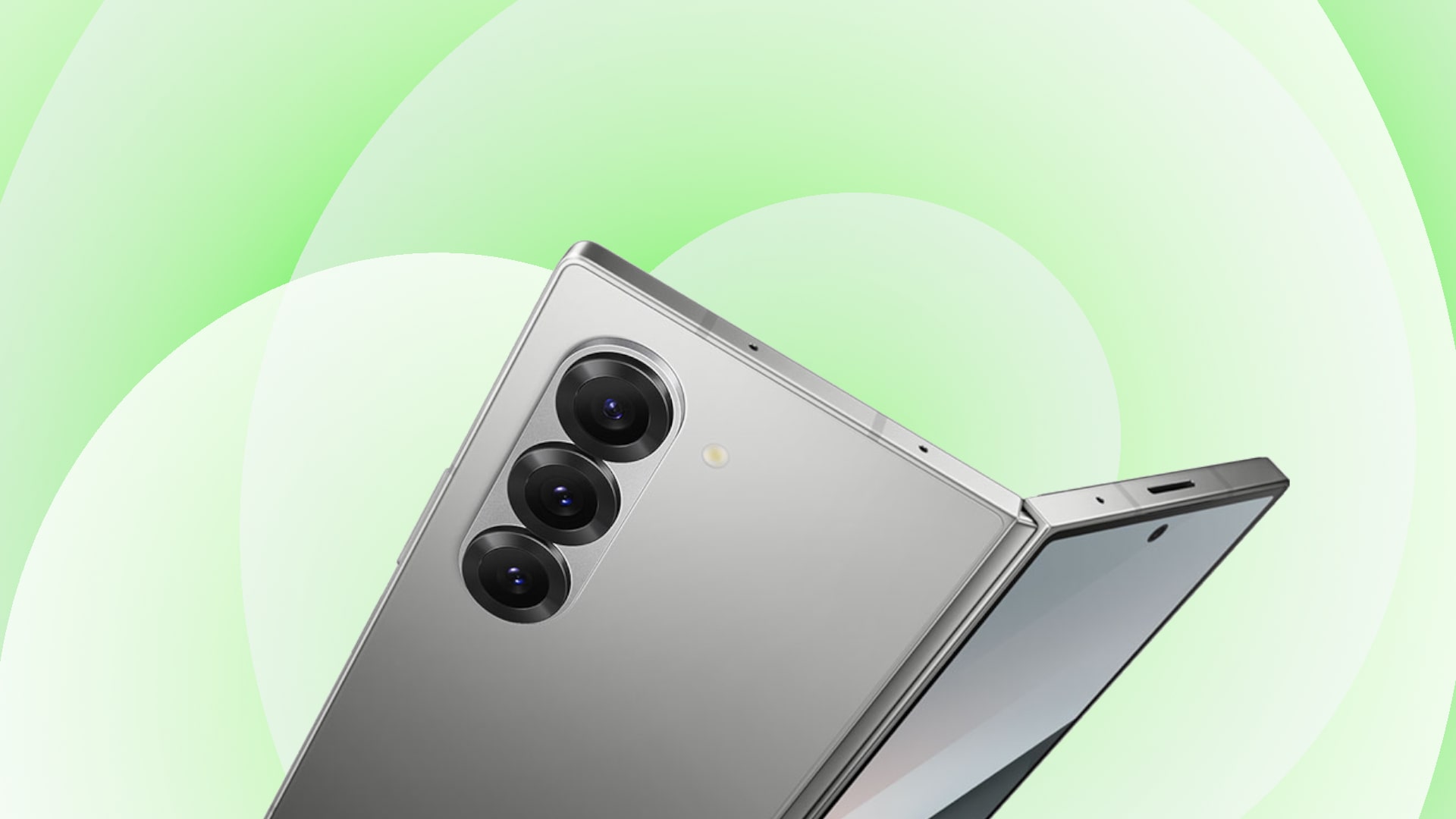Remember when the first Galaxy Fold hit the scene in 2019? It was revolutionary but let’s be honest—it was also a chunky beast. Fast forward to today, and the rumor mill is buzzing that Samsung’s upcoming Z Fold 7 might set a new record for thinness, potentially measuring just 3.9mm when unfolded.
That would edge out the current champion, Oppo’s Find N5, which measures 4.2mm when opened up (a feature we absolutely loved in our hands-on time with it).
The evolution of these devices has been nothing short of remarkable. From fragile curiosities to increasingly practical daily drivers, watching foldables mature has been like witnessing smartphones grow up all over again.
But here’s the thing—while Samsung chasing the “thinnest foldable” crown makes for great marketing, is it really addressing what users want most? There’s another aspect of the Z Fold‘s design that desperately needs attention, and it’s not the waistline.
What do you think matters more for foldables—getting thinner or improving other aspects like the crease, durability, or battery life?
Cover Display Trade-Offs in Foldable Phones
It’s clear that the outer screens on foldable phones are inherently different from those on traditional slab-style smartphones. To accommodate a nearly square inner display, manufacturers often opt for narrower, taller cover screens—ideal for quick tasks like replying to messages or answering calls.
Interestingly, many brands have been gradually widening these cover displays to improve usability. Samsung, however, continues to take a different route. The Galaxy Z Fold 6, for instance, features a tall 22:9 aspect ratio cover screen—noticeably slimmer than the 19.5:9 ratio found on devices like the Galaxy S25 and most modern smartphones.

While I haven’t spent extended time with the Galaxy Z Fold 6, I’ve had brief hands-on experience with Samsung’s foldable lineup. I’ve also used the Oppo Find N5 (20.7:9) and the OnePlus Open (20:9) as daily drivers. Based on that experience, I can confidently say that anything narrower than those feels limiting for everyday use.
Even though the main attraction of foldables is their expansive inner display, the cover screen still plays a crucial role. Whether you’re on a crowded train, at the gym, or just need to check something quickly, flipping open the device isn’t always practical.
In daily use, I found that reading articles, browsing social media, and playing games felt noticeably more cramped on narrower cover screens. That’s why I’m skeptical about the usability of the Galaxy Z Fold 7 if it sticks with the same 22:9 aspect ratio.
That said, rumors suggest the Z Fold 7 will feature a slightly larger 6.5-inch cover display—up from 6.2 inches on its predecessor. If true, it’ll be interesting to see whether the increased size can offset the narrow aspect ratio and deliver a more comfortable experience.
The Rise of Ultra-Thin Smartphones
A lot of people are hoping the Galaxy Z Fold 7 will come with a wider cover screen, but honestly, it looks more likely that Samsung will go in a different direction—focusing on making the phone thinner and lighter rather than overhauling the design. That would be right in line with the company’s recent trend toward sleeker, more ergonomic devices.
If last year’s hints from Samsung are anything to go by, we might be entering a phase where ultra-thin phones take center stage for a while. The upcoming Galaxy S25 Edge, set to launch on May 12, seems to support that idea. As I mentioned in an earlier piece, Samsung seems to be splitting its lineup—some phones will go all-in on performance and camera power, while others will lean into being slim, stylish, and easy to handle.
What’s surprising, though, is the possibility that the Galaxy Z Fold 7 might fall into that second category. Given how Samsung has always pitched the Fold series as a productivity-first device, it’s a bit unexpected. But if the Fold is going to be part of this thin phone wave, we’ll probably see Samsung putting a lot of effort into making it more comfortable to hold and carry.
For now, I’m still leaning toward OnePlus and Oppo when it comes to book-style foldables. Of course, all of this is still based on leaks and speculation—the Galaxy Z Fold 7 isn’t expected until later this year. So, if you’re curious to see how it all unfolds, keep an eye on our Samsung Galaxy coverage for the latest updates.

Leave a Reply